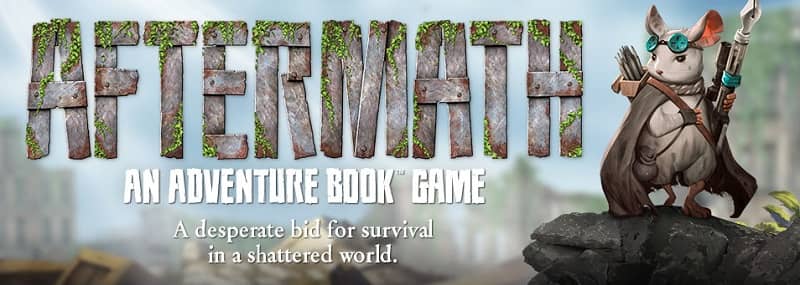Altered Initiative in the Altered Carbon RPG
In February this year, Hunters Entertainment launched a wildly successful Kickstarter for the Altered Carbon tabletop RPG. When it closed in early March, they had raised $372,547, having only asked for $20,000. While the creators finish the product for later this year, they provided a rules summary and scenario, which you can get from their website (where they call it a quick start guide).
The RPG is based on the Netflix series, Altered Carbon, which just released Season 2. In turn, the series took as its source material Richard K. Morgan’s book series, first published in 2002. The series is unabashedly cyberpunk. I recall reading somewhere that Morgan wanted to take every cyberpunk trope and cliche, toss it together, and see what comes out. The spin that the series takes to differentiate it was to turn whole mind upload or uploading our consciousness to a digital source into a routine, cheap task via a device called a cortical stack.









